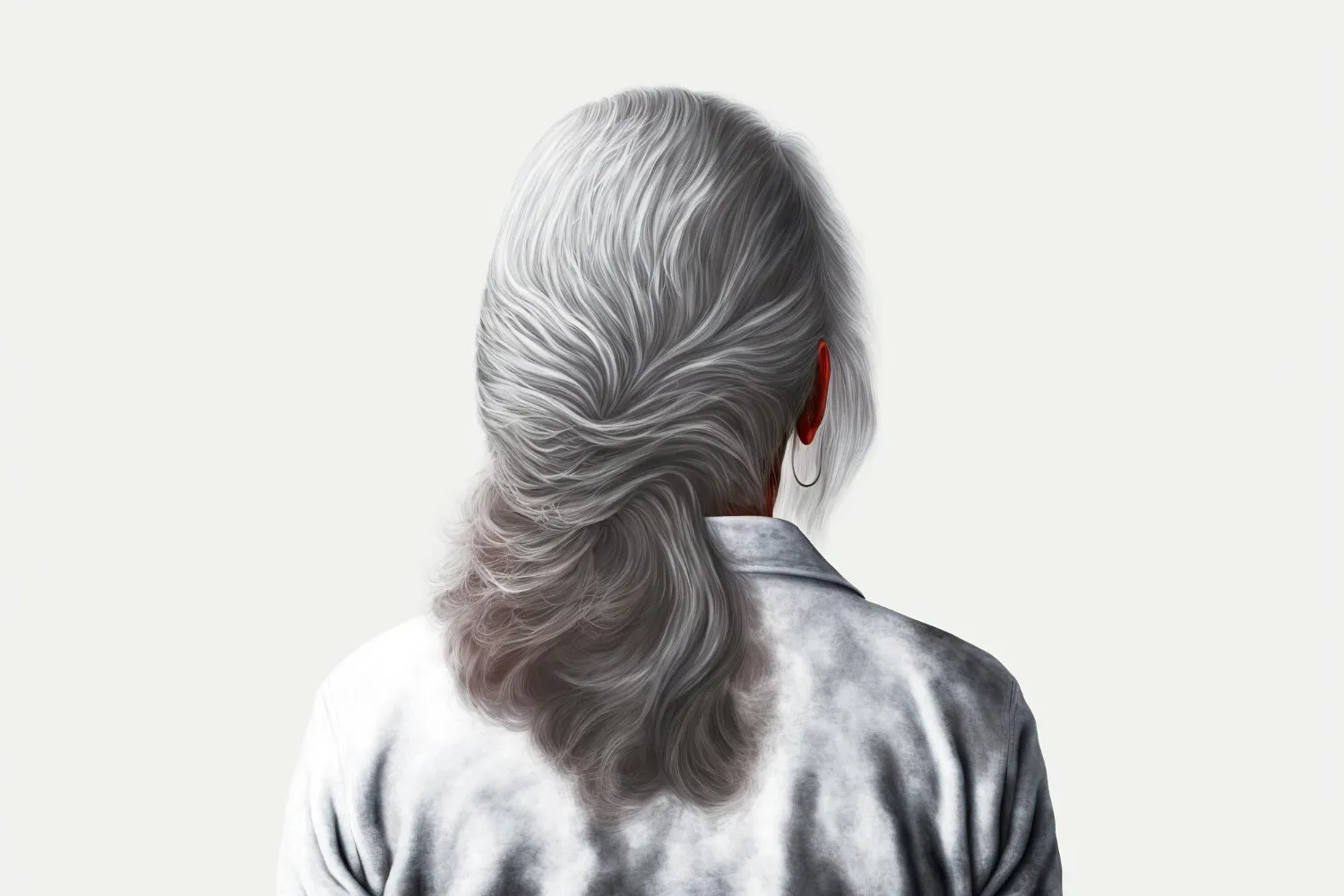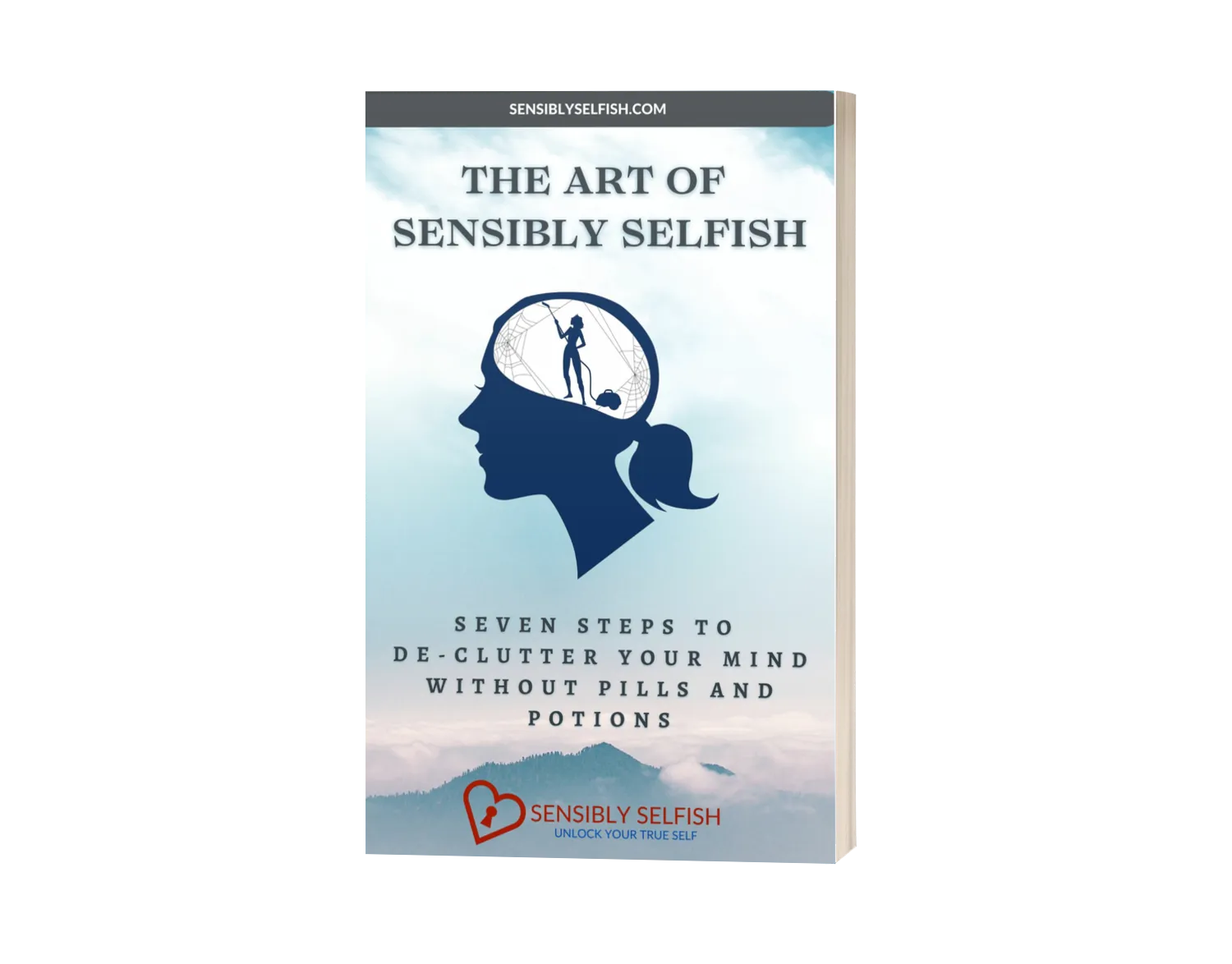Beyond The Bowl
A Sensibly Selfish Exploration for World Toilet Day
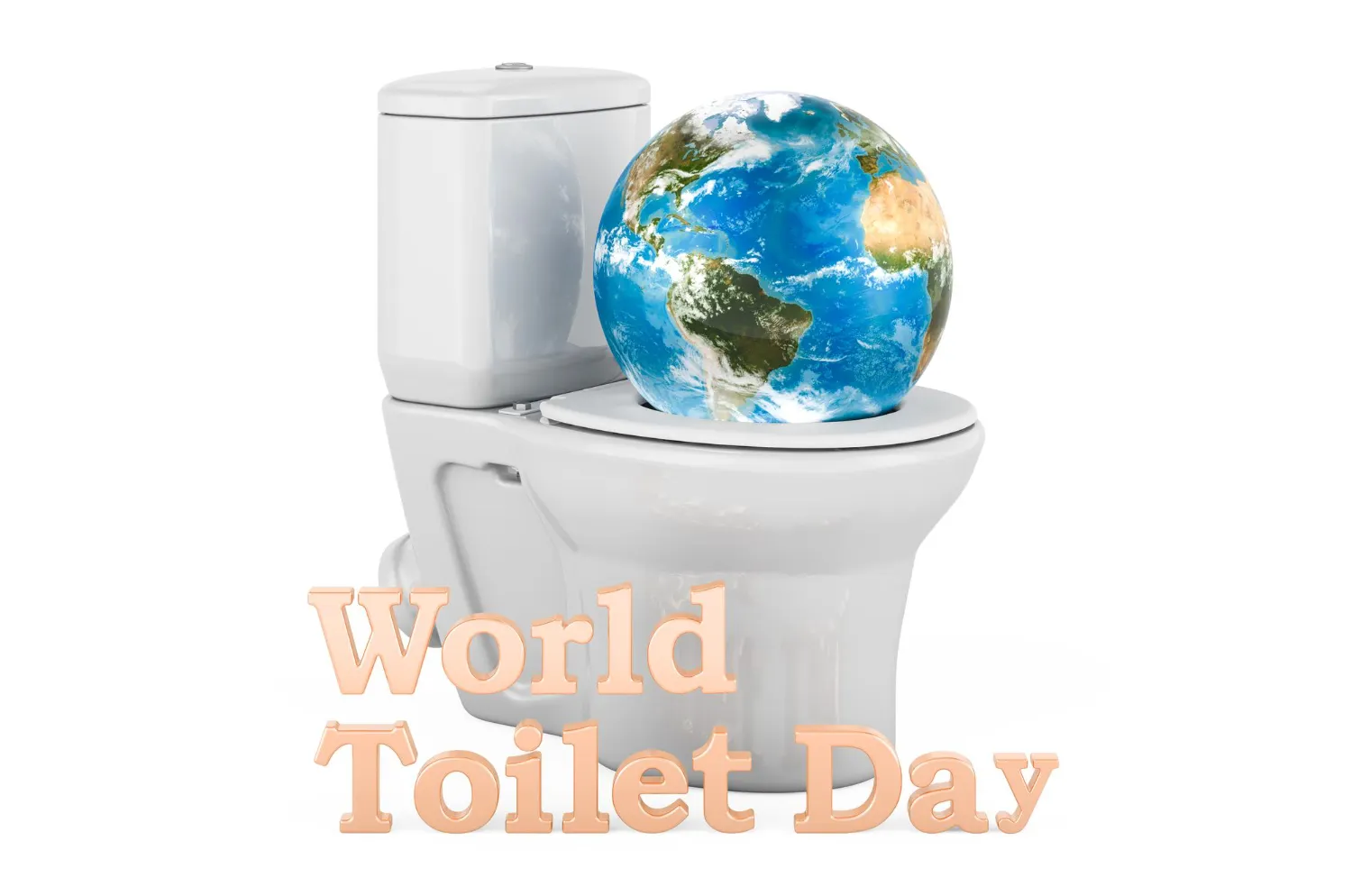
[Toc]
World Toilet Day is a global observance day that aims to raise awareness about the importance of sanitation and access to clean and safe toilets. Celebrated annually on November 19th, this day is designated by the United Nations to address the global sanitation crisis and advocate for the importance of proper sanitation facilities.
It is estimated that 57% of the world's population uses a safely managed sanitation system. Poor sanitation is linked to the transmission of diarrhea diseases such as cholera and dysentery, as well as typhoid, intestinal worm infections, and polio.
But even if you are one of the lucky 33% who live with good sanitation, here's a question worth pondering: Are you using your crapper correctly? Have you thought about the nuances connecting your toilet to your health? How often do we consider the impact of your toilet habits on your well-being, especially as women over 45? In this post, we look into World Toilet Day and cut straight to the crap.

What is World Toilet Day?
World Toilet Day engages governments, non-governmental organizations (NGOs), the private sector, and individuals in collective efforts to address the global sanitation crisis. Events, campaigns, and initiatives are organized worldwide to promote awareness and encourage action toward achieving universal access to sanitation. The ultimate goal is to create a world where everyone has access to clean and safe toilets, promoting health, dignity, and sustainable development. The key objectives of World Toilet Day include:
Highlighting the Sanitation Crisis: The day serves as a platform to draw attention to the global sanitation crisis, emphasizing the fact that billions of people around the world still lack access to basic sanitation facilities.
Promoting Sustainable Development Goal 6 (SDG 6): World Toilet Day aligns with the United Nations' Sustainable Development Goal 6, which aims to ensure the availability and sustainable management of water and sanitation for all by 2030. Access to clean and safe toilets is a crucial component of achieving this goal.
Addressing Health and Dignity: The campaign underscores the impact of inadequate sanitation on public health, especially in preventing the spread of diseases. It also emphasizes the dignity and well-being associated with access to proper sanitation facilities.
Encouraging Behavioral Changes: World Toilet Day encourages individuals and communities to adopt positive sanitation and hygiene practices. This includes using toilets, practicing handwashing, and ensuring the safe disposal of human waste.
Advocating for Equal Access: The day also advocates for equal access to sanitation facilities, recognizing that women, children, the elderly, and people with disabilities may face unique challenges in this regard.

The Evolution of Toilets
From ancient civilizations to the present day, the toilet has evolved into a cornerstone of human civilization. It's more than a modern convenience; it's a testament to our commitment to health and hygiene.
The history of the toilet is a fascinating journey that spans thousands of years and reflects the evolution of human civilization's approach to sanitation. Here's a brief overview of the key milestones in the history of the toilet:
Ancient Civilizations: Indus Valley Civilization (circa 3300–1300 BCE). Archaeological evidence suggests that the residents of the ancient Indus Valley had advanced sanitation systems, including indoor toilets connected to sophisticated drainage systems.
Ancient Egypt (circa 2500 BCE): The ancient Egyptians had toilets in homes, and some even had primitive flushing systems. Sanitary practices were highly valued in Egyptian society.
Greece and Rome (circa 500 BCE – 500 CE): Ancient Greeks used chamber pots and public latrines. The city of Knossos on the island of Crete had a remarkable drainage system.
Rome: Romans developed extensive public toilets, and some even had running water. The famous Roman toilets, or "latrinae," were often communal spaces.
Middle Ages (500 – 1500 CE): During the Middle Ages, sanitation practices declined in many parts of Europe. Chamber pots were common, and waste disposal often lacked proper infrastructure.
Renaissance and Tudor Period (14th – 17th centuries): In some European castles and wealthy households, more sophisticated toilets with wooden seats and rudimentary flushing mechanisms started to appear.
18th Century: The "thrones" of European royalty sometimes featured more elaborate toilet facilities, with wooden seats and ornate designs.
19th Century: The invention of the flush toilet is often attributed to Sir John Harrington in the late 16th century, but it was in the 19th century that the concept gained traction. Alexander Cummings patented the first modern flush toilet design in 1775. Thomas Crapper, a British plumber, is often associated with the flush toilet's popularization, although he did not invent it. He did, however, make significant contributions to its development and marketing.
20th Century: Advances in plumbing and sanitation technology continued, leading to the widespread adoption of the flush toilet in households around the world. In the mid-20th century, the introduction of low-flush toilets aimed to conserve water, and address environmental concerns.
21st Century: Ongoing innovations include high-tech toilets with features like bidets, heated seats, and self-cleaning mechanisms.
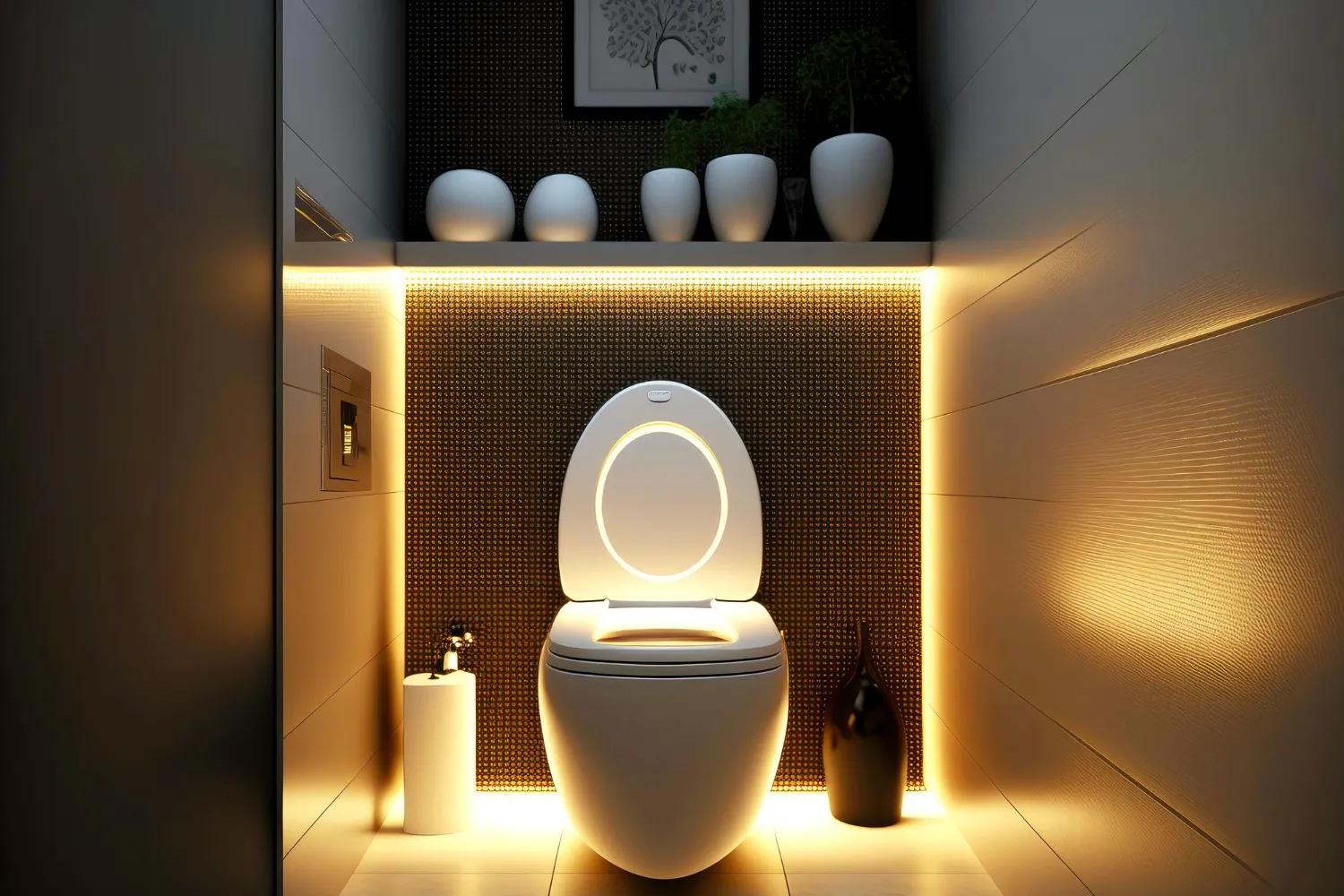
Japan’s Example
Japan has played a significant role in the evolution of toilets and sanitation practices, and it's worthwhile to include Japan in the history of toilets in its own section.
Japan (Edo Period – Present): Edo Period (1603–1868): Japan had an advanced sewage system in major cities. Wealthier households featured primitive flush toilets with water channels.
Meiji Era (1868–1912): The adoption of Western influences during the Meiji Era brought about changes in sanitation practices. Western-style flush toilets started appearing in urban areas and upscale residences.
Post-WWII Reconstruction: In the post-World War II period, Japan underwent rapid modernization, and this included improvements in sanitation infrastructure. Western-style toilets became more common in urban households.
Innovations in Technology: Japan has been at the forefront of toilet technology innovation. In the late 20th century, electronic bidet seats, commonly known as "washlets," were introduced. These high-tech seats often include features such as heated seats, water jets for cleansing, and air dryers.
The TOTO Company: TOTO, a Japanese company, has been a pioneer in toilet innovation. They introduced the Washlet in 1980, which revolutionized toilet technology. TOTO continues to be a leader in the development of advanced toilet features.
Public Toilets: Japan is known for its clean and high-tech public toilets, even in rural areas. Some public toilets are equipped with features like automatic seat cleaners and ambient noise to mask sounds.
The history of the toilet is a testament to humanity's progress in hygiene and sanitation, from simple latrines in ancient civilizations to the sophisticated and water-efficient toilets of today.
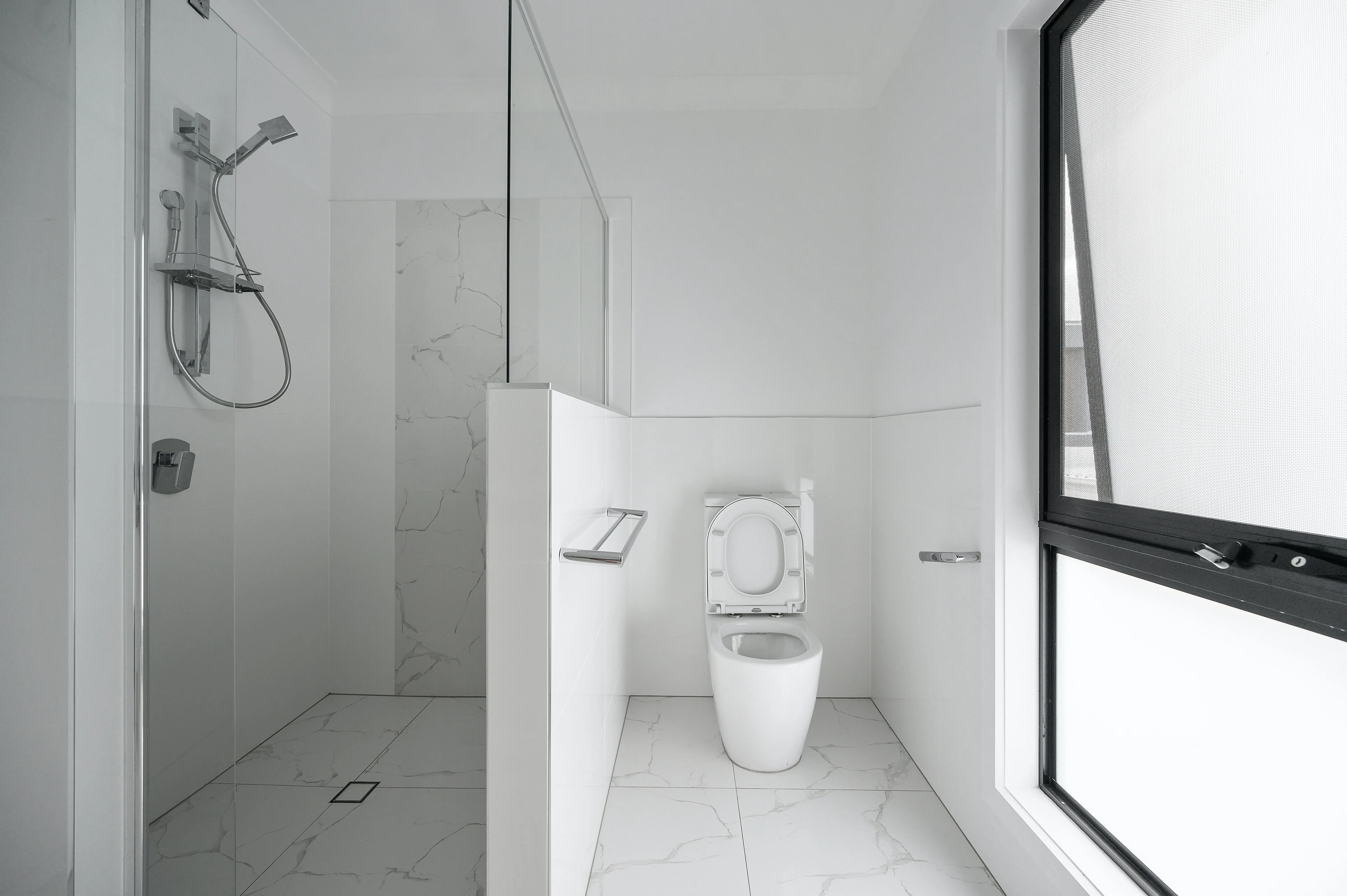
The Best Toilets for Our Bodies
Not all toilets are created equal, especially when it comes to meeting the unique needs of women over 45. Considerations like comfort, height, and water efficiency become paramount. The best toilets for our bodies are those that align with our physical requirements and promote a sense of well-being.
Selecting the best toilet for a woman over 45 involves considering several factors that contribute to comfort, hygiene, and overall well-being. Here are key features to look for when choosing a toilet:
Comfortable Height: Opt for a toilet with a comfortable height. A slightly taller toilet can be easier to use for individuals with mobility issues or those who prefer a more natural sitting and standing position.
Ergonomic Design: Look for toilets with ergonomic designs that promote proper posture during bowel movements. Some toilets are designed to mimic a squatting position, which can aid in smoother and more comfortable elimination.
Water Efficiency: Choose a toilet with water-efficient features to contribute to environmental sustainability. Dual-flush toilets, which offer different flushing options for liquid and solid waste, are an excellent choice for conserving water.
Ease of Cleaning: Consider toilets with features that make cleaning easy. Smooth surfaces, concealed traps, and innovative coatings can help prevent the buildup of dirt and bacteria, promoting better hygiene.
Bidet or Washlet Features: Electronic bidet seats or integrated washlet features can enhance personal hygiene. Features like adjustable water temperature, pressure, and air drying can be particularly beneficial for women over 45.
Quiet Flushing Mechanism: Look for toilets with a quiet flushing mechanism, especially if the bathroom is close to the bedrooms. A noise-reducing flush can contribute to a more peaceful and discreet restroom experience.
Soft-Close Seat: A soft-close toilet seat is a small but practical feature. It prevents the seat from slamming shut, reducing noise and the risk of pinched fingers.
Accessibility Features: If mobility is a consideration, explore toilets with additional accessibility features, such as handrails or raised seating options.
Durability and Quality: Invest in a toilet from a reputable manufacturer known for durability and quality. A well-constructed toilet can provide long-term reliability and performance.
Sustainability: When it comes to the best toilets for our bodies, we're not just talking about comfort; we're talking about choices that align with our values. The ideal toilet is not only ergonomically designed but also environmentally conscious. Embracing sustainability, you may want to explore innovative options like dry toilets, offering an eco-friendly alternative.
Personal Preferences: Ultimately, personal preferences play a role in choosing the best toilet. Some individuals may prioritize certain features, such as aesthetic design or specific technological innovations.
Remember that the "best" toilet can vary based on individual needs and preferences. It's advisable to explore different options, read reviews, and, if possible, test toilets in showrooms before making a decision. Additionally, consulting with a plumbing professional can provide valuable insights into the best toilet options for specific bathroom layouts and plumbing considerations.
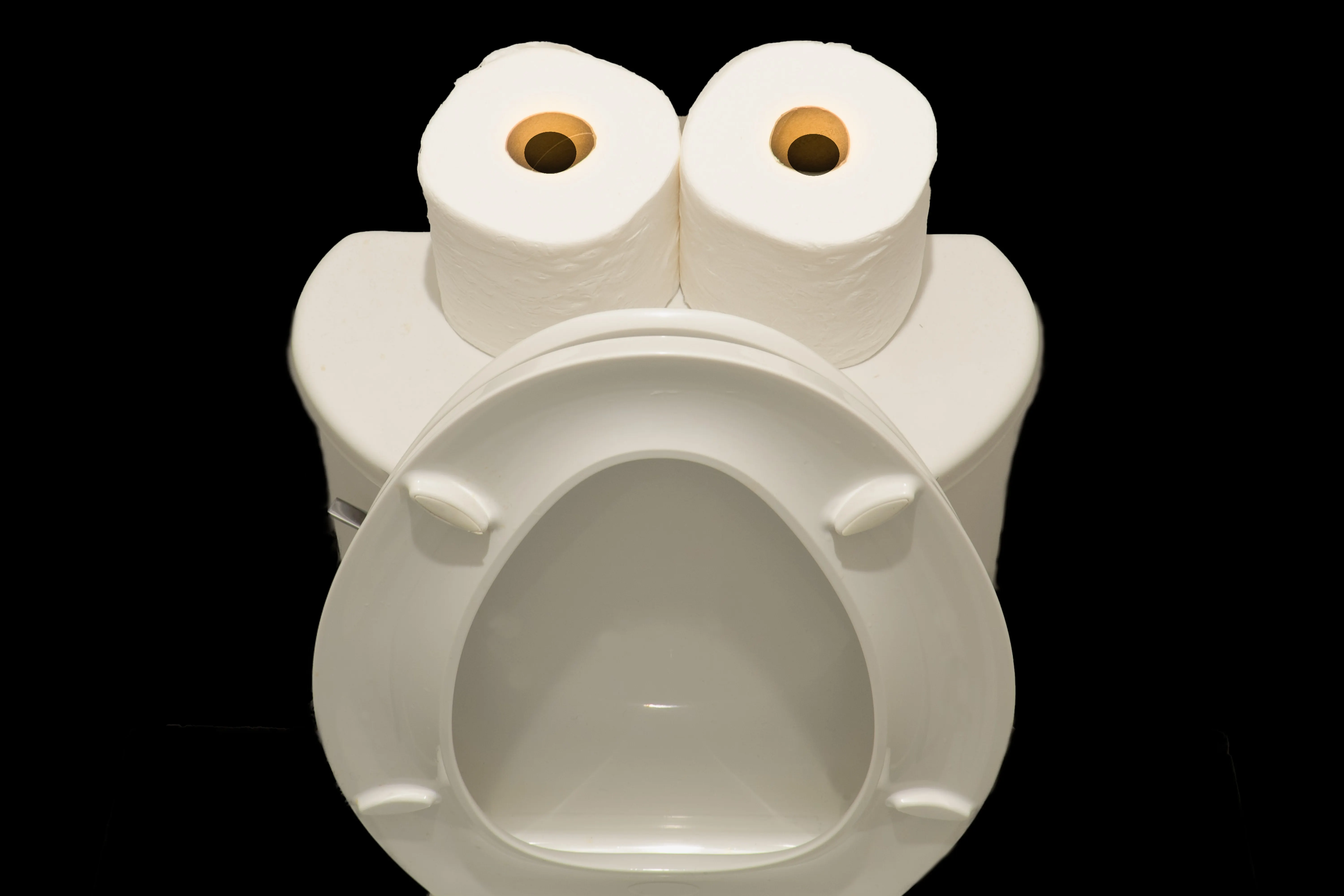
Flush Away the Stigma
World Toilet Day serves as a powerful reminder of the human journey we've taken to reach this point. From the rudimentary latrines of ancient civilizations to the sophisticated toilets of the 21st century, our relationship with sanitation has evolved, leaving an indelible mark on our societies and individual lives.
As women over 45, our appreciation for the toilet's evolution is not just historical but deeply personal. The advent of toilets has not only transformed our physical well-being but has also played a pivotal role in shaping societal norms around cleanliness. It's a journey that has seen the rise of innovations, the integration of technology, and a growing awareness of the impact of toilets on our health.
As we celebrate World Toilet Day, let's reflect not only on the progress we've made but also on the challenges that persist. Billions around the world still lack access to proper sanitation facilities, underscoring the urgency of continued efforts to promote global hygiene and well-being.
But our reflection doesn't end here. It extends to our own lives, to our choices in the most private moments. How often do we pause to consider the significance of the toilet in our daily routine? How can we, as women over 45, embrace sensibly selfish choices that contribute to our well-being and that of others?
Let's use this awareness as a catalyst for positive change. Whether it's advocating for improved sanitation globally or making mindful choices in our homes, each action counts. As we commemorate World Toilet Day, let's amplify the conversation about toilets, hygiene, and health.
Join us in spreading the word. Share your thoughts on the evolution of toilets and the impact on your life. Let's create a community that values the transformative power of a humble necessity—the toilet.
Together, let's flush away the stigma, embrace the progress, and pave the way for a future where everyone, regardless of age or gender, has access to clean and safe toilets.







